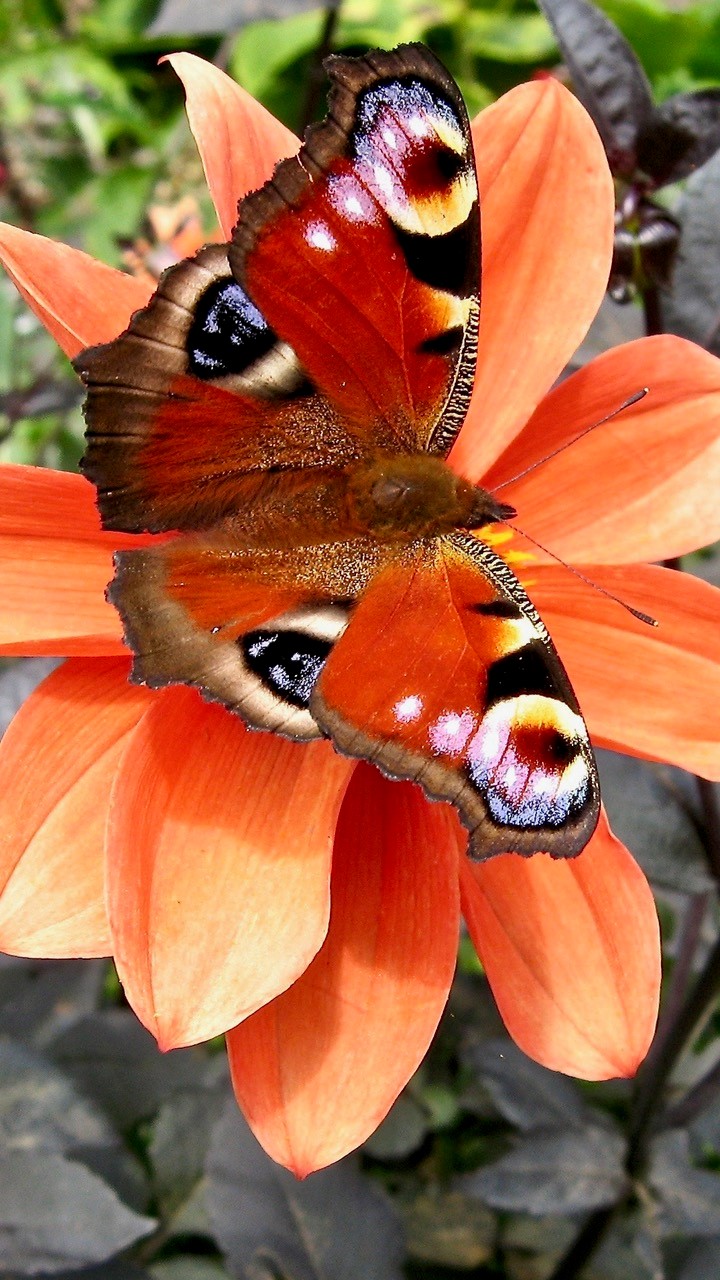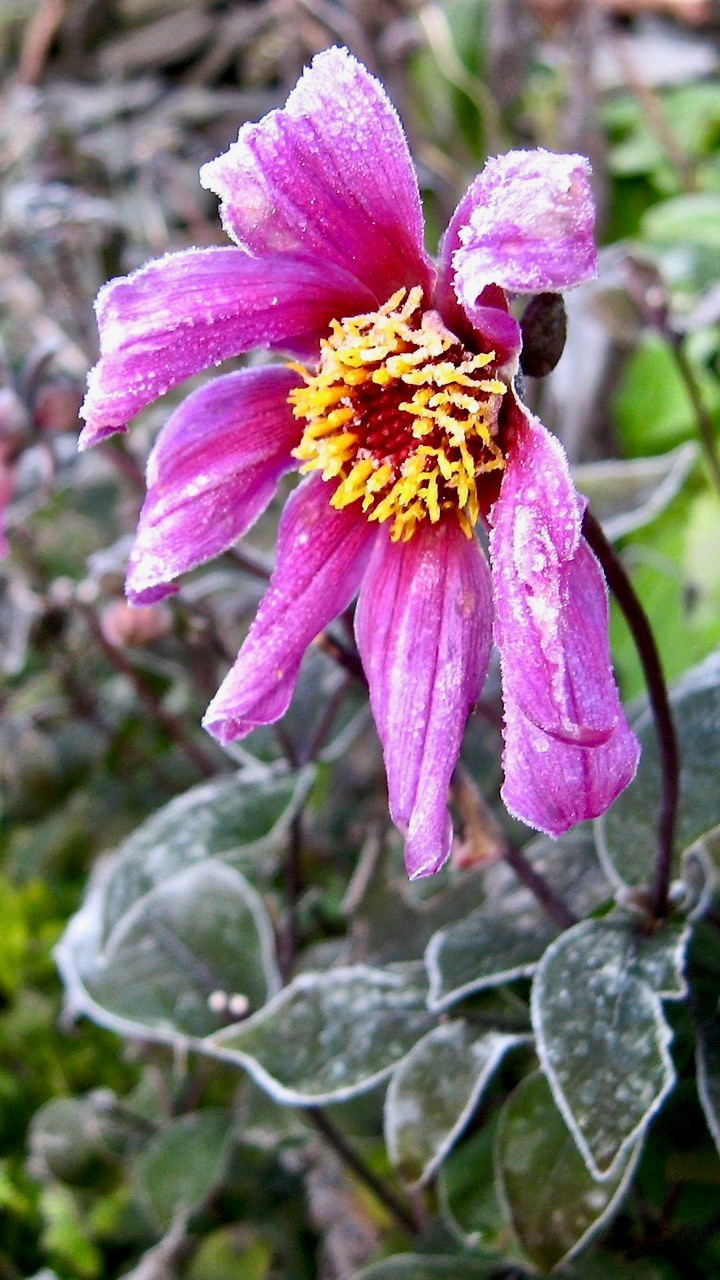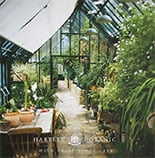Climate chaos has some hard lessons for earth-friendly gardeners, not least about embracing change – and rejoicing in the upsides where we can.
Having invested much time and energy over the past 30 or so years in thinking and writing about how gardening can make the world a better, safer, saner, fairer and more beautiful place, I’m having to confront some uncomfortable truths in our new, fast-destabilising world. I haven’t wanted to; I’ve kicked and screamed and put fingers to keyboard to try and fend off this facing of hard, dispiriting facts. Part of me is still kicking against the inevitable – which is no bad thing.

The all-embracing truth I’m in face-off with is that we now live on a planet gripped by palpably seismic and irreversible climatic change. Ours is not the same climate in which I took my first faltering steps down my gran’s garden, back in the days of clay plant pots and ‘puffer packs’ of DDT to zap greenfly on the roses. Those gardening days, when seasons – bar an odd natural hiccup – were real seasons, are long gone. Morphed, muddled and unpredictable is the best we can expect from here on in (the first glimmers of yellow, deep in spring-primed primroses, are a troubling reminder).
We garden now in an altered, rapidly changing world where everything we’ve come to know, follow and trust about growing plants is no longer a cert. The horticultural rulebook – its pages long yellowed through creeping irrelevance – has been ripped up, tossed into the helter-skelter of an unfolding emergency that will touch every living thing, and every garden, on earth.
Not that you would glean that from reading today’s gardening media, or by dropping in at your nearest garden retailer. In print, our climate emergency – if it’s faced up to at all – is still largely treated as some annoying add-on that editors feel they must ‘cover’ – if only to make sure they’re seen to be covering it. Meanwhile, retailers still wear their most damning badge of shame – pallets stacked high with carbon-freeing peat-based compost – with indifferent, shrugging pride. What emergency?

So I’m drawing slow, deep breaths and trying to focus on some silver garden-found linings in our evolving and juddering world. It’s tough; my instinct is to fight against everything that’s brought us here, and everything that’s still carrying us along – epitomised by the self-harm we inflict through our cynical and unnecessary use of peat. I’ve known for a while that I need to start fighting less and embracing more, but I needed a spark among my own earth-friendly efforts, a beacon to show me the way – a moment, a plant, a magical ping of realisation to get me rounding the corner. As it turns out, it was the unfurling of dazzling red, orange and yellow petals of old and trusted friends that guided my way: my beloved, soul-uplifting dahlias.
Although their irrepressible cheer is sleeping now, they’ll be back – just like they’ve faithfully bounced back in the Dahlia Border for the last three years; this will be the fourth winter I’ve left the fleshy tubers in the ground. They’ve survived frost, drought, spring-popping spells of legendary Snowdonian rain, active-all-seasons slugs (can thrushes spot silver linings?) and nibble-anything voles.
Their first in-the-ground winter was a lazy fluke; I never got around to lifting them, and if I’m honest, the tedium of lifting, drying and storing dahlias has never appealed. (I only usually grow ‘Bishop’s Children’, from seed, because the bees, butterflies and hoverflies cherish them like I do.) It rained – a lot – that first winter, and the soil occasionally froze to concrete – so I imagined the doomed tubers as an earthworm’s rotting feast. And then, in May, there they were: fresh bronze shoots pushing through the mulch. The slugs had a field day and I got sticky fingers, but once the plants reached around 15cm tall, they were unstoppable, handing me a lovely headache of what to do with the fresh batch of peat-free Bishop’s I’d grown ready for the border…
The ‘goners’ flourished. Some reached 1.2m tall, and each plant was covered in non-stop blooms from June to the first blackening frost. They easily outpaced the new spring-sown plants, in both size and flower power – and why wouldn’t they? Their fat, already established tubers got off to a head start in spring, outpacing even zealous slugs, and their feet were already in the rich border soil. They went for it, and those same plants have returned without fail ever since. There is a moment each spring when I’m convinced I’ve finally lost them to drowning, molluscs or determined rodents, but then the bronze breaks through.

It’s taken a while, but this is one side-effect of an ecologically unravelling world which I can embrace as a silver lining; I’m learning to accept what our mild and nondescript non-winters bequeath us (it ain’t easy, sometimes, when every surface sports a slimy film of algae…). Can I really treasure primroses opening in December? We’ll see. But leaving my dear dahlias in the ground (they’re made cosy beneath a generous mulch of wood chips) means less sowing and potting, and more space in the greenhouse come spring. But the real silver-gilt benefits are to my garden’s wild co-inhabitants.
My Dahlia Border residents now flower earlier than, and grow bigger than, new spring-sown plants. Like all dahlias, with assiduous dead-heading they’ll keep blooming until autumn frosts strike. This means a non-stop supply of pollen and nectar for insects that lasts for nigh on a full six months; this year, egged on by our disconcertingly warm and sun-filled spring, the first brave flowers began opening before the end of June (they were singed by a weird air frost, but soon got over it).
Lashings of pollen and nectar, early and late in the growing year, are a silver-lined lifeline for bees, butterflies and hoverflies – themselves increasingly wrong-footed by our blurring seasons – be they fresh out of winter hibernation, or just fuelling up for it. I only recently kissed my ‘Children’ a good winter’s night, a starlit sky making a blackening frost a certainty. I even gave one dewed never-give-up bloom a midnight peck…
Uplifting, always giving and never letting me – or the bees – down: that’s my dahlias. They’ve been my ping, my spark, my cheer-filled persuaders who’ve helped quiet my kicking and screaming, for now at least. I’d hug them if I could. They’ve taught me the hard art of embracing the inevitable, and how to find a silver sheen in the clouds of unstoppable change.
Text and images John Walker
Find John on Twitter @earthFgardener


